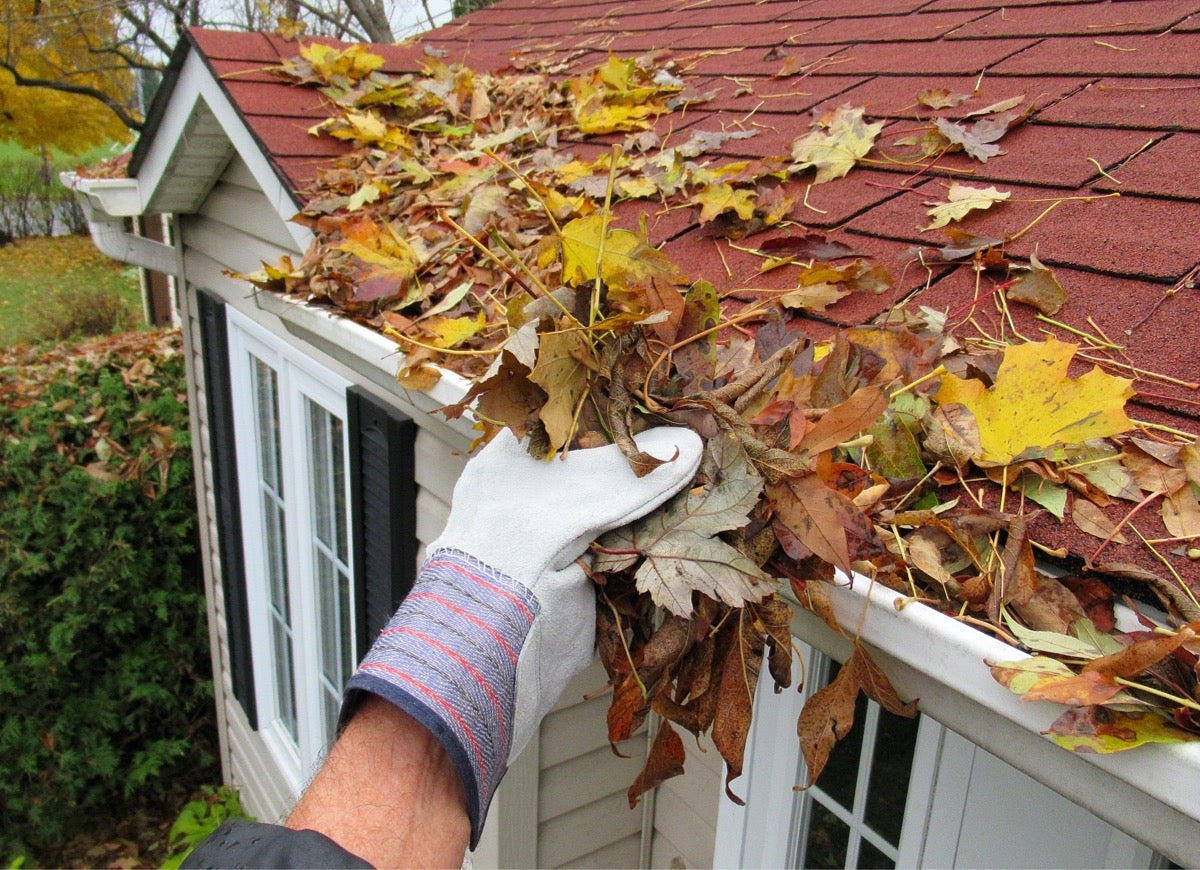

Articles
How To Clean Gutters From The Roof
Modified: September 2, 2024
Learn the proper technique to clean gutters from the roof with our informative articles. Prevent clogging and water damage, enhance the longevity of your gutters.
(Many of the links in this article redirect to a specific reviewed product. Your purchase of these products through affiliate links helps to generate commission for Storables.com, at no extra cost. Learn more)
Introduction
Gutters play a crucial role in protecting our homes from water damage. They collect rainwater from the roof and direct it away from the foundation, preventing issues such as leaks, mold growth, and structural damage. However, over time, gutters can accumulate debris such as leaves, twigs, dirt, and even nesting materials from birds and rodents. If left unattended, clogged gutters can lead to overflowing water, which can compromise the integrity of the gutter system and potentially cause damage to the roof and walls.
Regular gutter cleaning is essential to maintain the functionality of your gutters and prevent costly repairs. While there are various methods to clean gutters, one effective approach is to clean them from the roof. Cleaning gutters from the roof not only removes the debris but also allows you to inspect and identify any damage or leaks that may require repair.
In this article, we will guide you through the step-by-step process of cleaning gutters from the roof. We will also provide some key safety precautions to ensure that you can perform the task safely and efficiently.
Key Takeaways:
- Regularly cleaning gutters from the roof is essential to prevent water damage and maintain the integrity of your home. Prioritize safety, gather the right tools, and follow the step-by-step process for efficient gutter maintenance.
- By following the outlined steps and safety precautions, you can ensure clean and properly functioning gutters, protecting your home from potential water damage. Regular maintenance and timely repairs will prolong the lifespan of your gutter system.
Read more: How To Clean Gutters From Roof?
Safety Precautions
Before you start cleaning your gutters from the roof, it is essential to prioritize safety. Working at heights can be dangerous, so make sure to follow these safety precautions:
- Use a sturdy and reliable ladder that is tall enough to reach your gutters. Inspect the ladder beforehand to ensure it is in good condition and securely set it up on a flat and level surface.
- Wear appropriate protective gear, including gloves and safety goggles, to protect yourself from debris and any potential hazards.
- Let someone know that you are working on the roof, and ideally, have someone present to assist you if needed.
- Avoid working on the roof during unfavorable weather conditions, such as heavy rain, strong winds, or icy conditions.
- Ensure proper footing by wearing non-slip shoes or boots with good traction.
- Take breaks as needed to prevent fatigue and maintain focus.
- Always use caution when climbing up and down the ladder, and maintain three points of contact at all times.
- Avoid leaning too far over the edge of the roof while cleaning the gutters.
- Be cautious of electrical hazards, such as overhead power lines, and keep your equipment and tools away from them.
By adhering to these safety precautions, you can minimize the risk of accidents and injuries while cleaning your gutters from the roof.
Tools and Materials Needed
Before you begin cleaning your gutters from the roof, gather the following tools and materials:
- Ladder: A sturdy and tall ladder that can reach your gutters safely.
- Gloves: Heavy-duty gloves to protect your hands from debris and sharp edges.
- Safety goggles: Eye protection to prevent debris from getting into your eyes.
- Garden hose or pressure washer: Used to flush out the gutters after removing the bulk of the debris.
- Gutter scoop or trowel: A tool specifically designed to remove leaves and other debris from the gutters.
- Bucket or trash bags: For collecting and disposing of the debris as you clean the gutters.
- Brush or scrub brush: Helpful for loosening stubborn debris or grime.
- Gutter brush or gutter guards: Optional tools that can help prevent debris from accumulating in the future.
- Gutter sealant or caulk: If you discover any leaks or damage while cleaning, you may need sealant or caulk to repair them.
Having these tools and materials prepared beforehand will make the gutter cleaning process more efficient and save you from repeated trips up and down the ladder.
Step 1: Prepare for the Task
Before you start cleaning your gutters from the roof, it’s important to properly prepare for the task. Follow these steps:
- Check the weather forecast: Ensure that you choose a clear and dry day to clean your gutters. Cleaning gutters when it’s raining or wet can be hazardous.
- Gather your tools and materials: Collect all the necessary tools and materials mentioned earlier to have them easily accessible.
- Put on protective gear: Wear heavy-duty gloves to protect your hands from debris and safety goggles to shield your eyes from any flying particles.
- Set up the ladder: Position your ladder on a stable and level surface. Ensure it is tall enough to reach the gutters safely, and securely climb up the ladder. It’s advisable to have someone else present to hold the ladder steady.
- Inspect the gutters: Before you start cleaning, take a quick look at the gutters to assess their condition. Look for any signs of damage, loose screws, or leaks that may need repair.
- Clear the area below the gutters: If possible, remove any obstacles or furniture from below the gutters to create a clear workspace.
By following these steps, you will be well-prepared to begin cleaning your gutters from the roof. Taking the time to properly set up and prepare will ensure a safer and more efficient cleaning process.
Step 2: Use a Garden Hose or Pressure Washer
Once you are prepared and have assessed the condition of the gutters, it’s time to start cleaning. Follow these steps to use a garden hose or pressure washer:
- Climb up the ladder: Carefully climb up the ladder, ensuring you maintain three points of contact and stay balanced.
- Position the hose or pressure washer: If using a garden hose, attach a suitable spray nozzle for effective water flow. If using a pressure washer, make sure to use the appropriate settings for your gutters.
- Start from the downspout: Begin spraying the water into the downspout to push any debris out of the gutters. Work your way along the entire length of the gutter, moving towards the opposite end.
- Check for proper drainage: As you spray the water, keep an eye on the downspout to ensure that the water is flowing freely and efficiently. If you notice any clogs or slow drainage, adjust the water pressure and continue spraying to clear the blockage.
- Repeat if necessary: If the gutters are heavily clogged, you may need to repeat the process several times, focusing on the areas with the most debris.
Using a garden hose or pressure washer is an effective way to remove loose debris and flush out the gutters. It helps to loosen and dislodge leaves, twigs, and other build-ups, making them easier to remove.
Use a sturdy ladder and a trowel to scoop out debris from the gutters. Work from the edge of the roof towards the downspout, and always have someone spot you from below.
Read more: How To Clean Out Gutters From The Ground
Step 3: Clear the Debris by Hand
After using a garden hose or pressure washer to flush out the gutters, it’s time to manually remove the remaining debris. Follow these steps to clear the debris by hand:
- Put on your gloves: Ensure you have your heavy-duty gloves on to protect your hands.
- Start at one end: Begin at one end of the gutter and work your way towards the other end. This will help prevent pushing debris into the already cleaned areas.
- Remove large debris: Using your hands, remove any larger debris, such as leaves, twigs, or clumps of dirt. Place the debris in a bucket or trash bag.
- Check the downspout: Pay particular attention to the downspout for any blockages. If you find any, use your hand or a small tool to remove the obstruction.
- Clear all gutters: Repeat this process for every section of the gutter system, making sure to remove all visible debris along the way.
Clearing the debris by hand allows you to thoroughly clean the gutters and ensure that no blockages remain. It gives you a chance to inspect the gutters more closely for any signs of damage or areas that may require further attention.
Step 4: Use a Gutter Scoop or Trowel
After clearing the larger debris by hand, there may still be some stubborn dirt or stuck-on debris that needs to be removed. To tackle these remaining sections, follow these steps:
- Obtain a gutter scoop or trowel: These specialized tools are designed to help scrape off any debris that has adhered to the gutter walls or is hard to remove with your hands alone.
- Start at one end: Begin at one end of the gutter system and gently scrape along the bottom and sides of the gutter, loosening any stuck-on dirt or debris. Collect the loosened debris and place it in your bucket or trash bag.
- Work your way along the gutter: Move along the entire gutter length, using the gutter scoop or trowel to remove any remaining debris and ensuring that the gutters are clear and clean.
Using a gutter scoop or trowel is especially helpful when dealing with wet or compacted debris. It allows you to thoroughly clean the gutters and ensure that no residue remains, improving the overall efficiency and functionality of the gutter system.
Step 5: Flush the Gutters Again
After manually removing the debris, it’s essential to give the gutters a final flush to ensure they are clean and free of any remaining dirt or residue. Follow these steps to properly flush the gutters:
- Retrieve your garden hose or pressure washer: Once again, use your garden hose with a suitable spray nozzle or your pressure washer to provide a strong stream of water.
- Start from the downspout: Begin by directing the water flow into the downspout, allowing it to flow through and carry away any remaining debris.
- Work along the gutters: Move along the entire length of the gutters, spraying the water along the bottom of the gutter and watching as it rinses away any remaining residue.
- Ensure proper drainage: Pay attention to the downspout once again to ensure the water is flowing freely. If you notice any obstructions or slow drainage, adjust the water pressure and continue flushing until it flows smoothly.
Flushing the gutters again allows you to remove any traces of dirt or debris that may have been left behind during the manual cleaning process. It provides a thorough cleaning and ensures the gutters are clear and ready to function efficiently.
Step 6: Check for Leaks or Damage
Once you have cleaned and flushed the gutters, it’s crucial to inspect them for any signs of leaks or damage. Follow these steps to check for potential issues:
- Examine the gutter system: Carefully examine the gutters, paying close attention to the seams, joints, and connections between sections. Look for any signs of damage, including cracks, holes, or sagging gutters.
- Check for leaks: On a dry day, test the gutters for leaks by pouring water into the gutter from a hose or bucket. Observe if any water comes out of the gutter system or if there are any signs of water dripping or pooling along the gutters.
- Inspect the downspout: Ensure that the downspout is securely attached and not clogged. Look for any signs of damage, such as cracks or blockages, that may hinder the proper flow of water.
- Repair any issues: If you identify any leaks, cracks, or other damage during your inspection, it’s important to address them promptly. Depending on the severity of the damage, you may be able to seal minor cracks with gutter sealant or caulk. For more significant damage, consider contacting a professional gutter repair service.
By checking for leaks or damage, you can address any potential issues before they escalate and cause further damage to your gutters or home. Regular maintenance and timely repairs will help prolong the lifespan of your gutter system and ensure its optimal performance.
Read more: How To Clean Dryer Vent From Roof
Conclusion
Cleaning gutters from the roof is a crucial maintenance task that ensures the longevity and effectiveness of your gutter system. By following the step-by-step process outlined in this article, you can efficiently clean your gutters and prevent potential issues such as clogs, leaks, and damage.
Remember to prioritize safety throughout the cleaning process by using a sturdy ladder, wearing appropriate protective gear, and taking necessary precautions to prevent accidents or injuries. Regularly inspect your gutters for signs of damage and address any issues promptly to maintain their functionality.
Clean gutters not only prevent water damage to your home’s foundation, walls, and roof but also contribute to the overall aesthetic appeal of your property. The removal of leaves, twigs, and other debris ensures that rainwater flows freely and is properly directed away from your home.
Make it a habit to clean your gutters at least twice a year, especially in the spring and fall when leaves and debris are more likely to accumulate. However, depending on the surrounding trees and prevailing weather conditions, you may need to clean them more frequently.
Remember, if you are not comfortable or confident in your ability to clean the gutters from the roof, it is always wise to seek professional assistance. They have the necessary expertise and safety equipment to perform the task effectively and safely.
By keeping your gutters clean and well-maintained, you can ensure their optimal functionality and protect your home from potential water damage. So, roll up your sleeves, follow the steps outlined in this article, and enjoy the peace of mind that comes with clean and properly functioning gutters!
Frequently Asked Questions about How To Clean Gutters From The Roof
Was this page helpful?
At Storables.com, we guarantee accurate and reliable information. Our content, validated by Expert Board Contributors, is crafted following stringent Editorial Policies. We're committed to providing you with well-researched, expert-backed insights for all your informational needs.
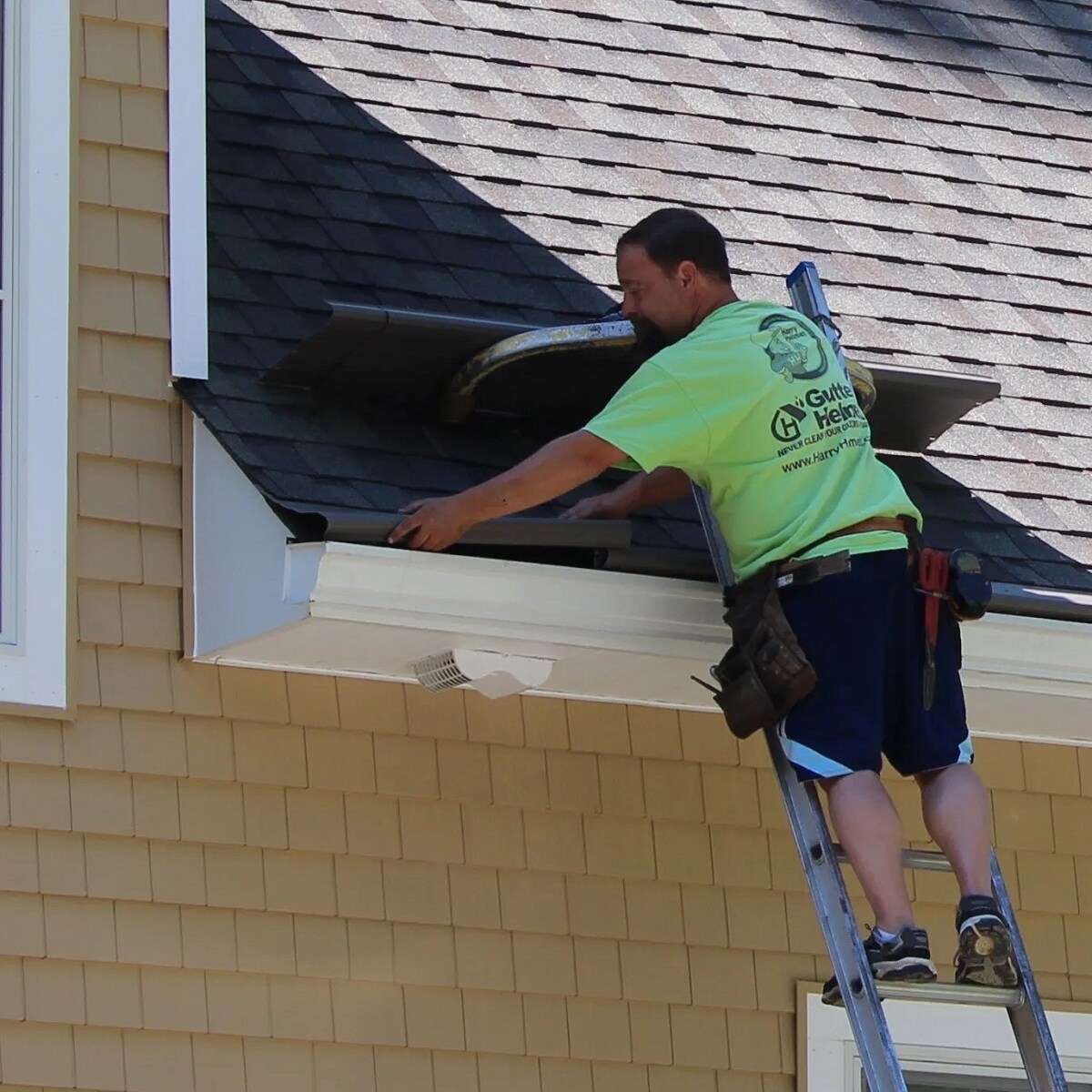
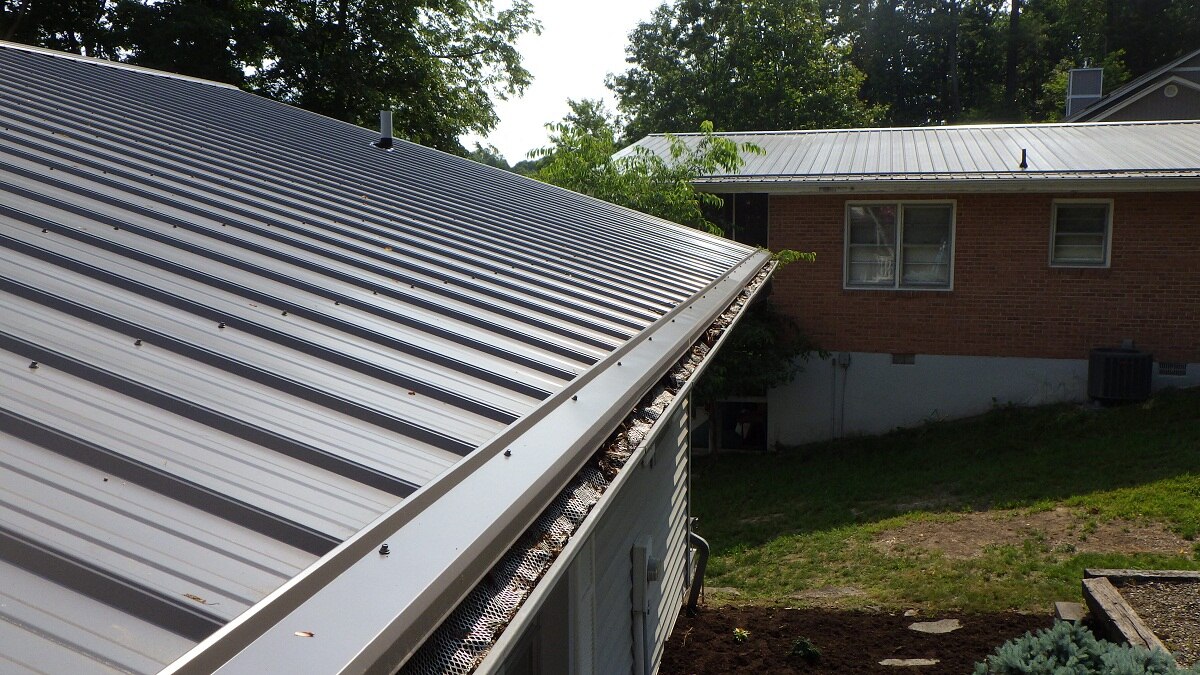

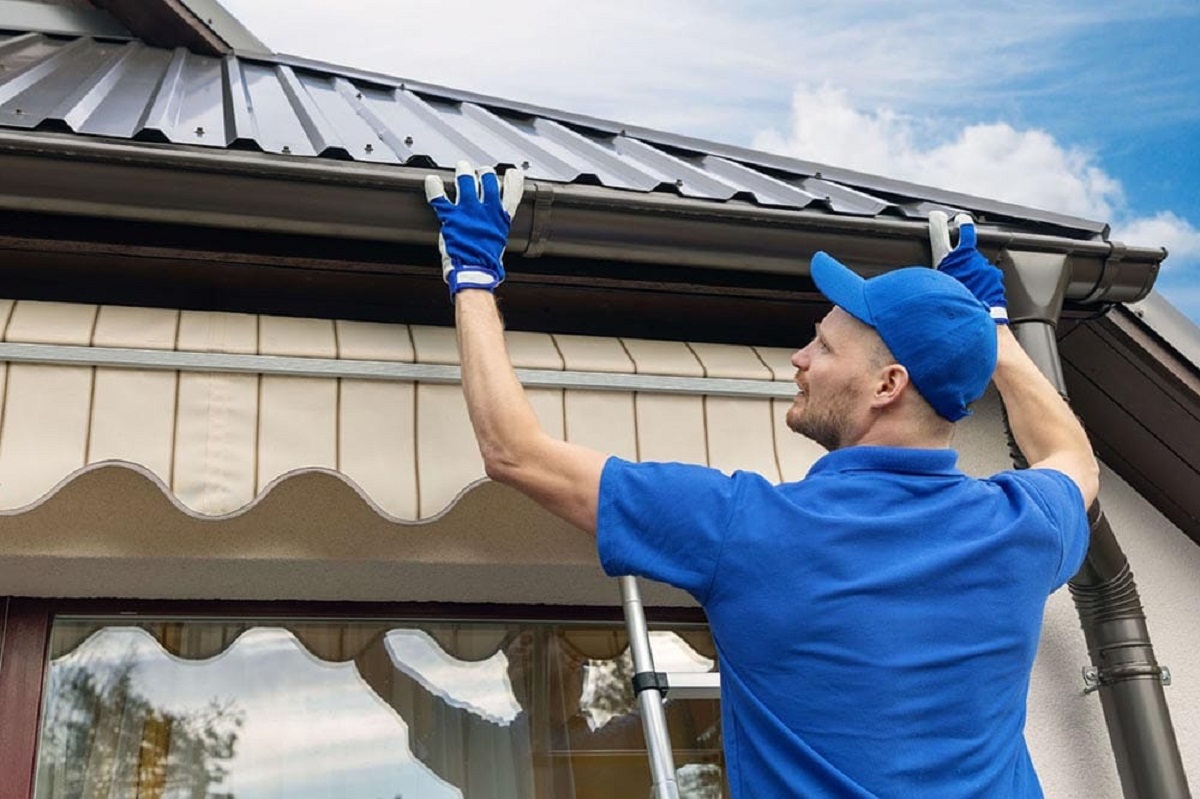
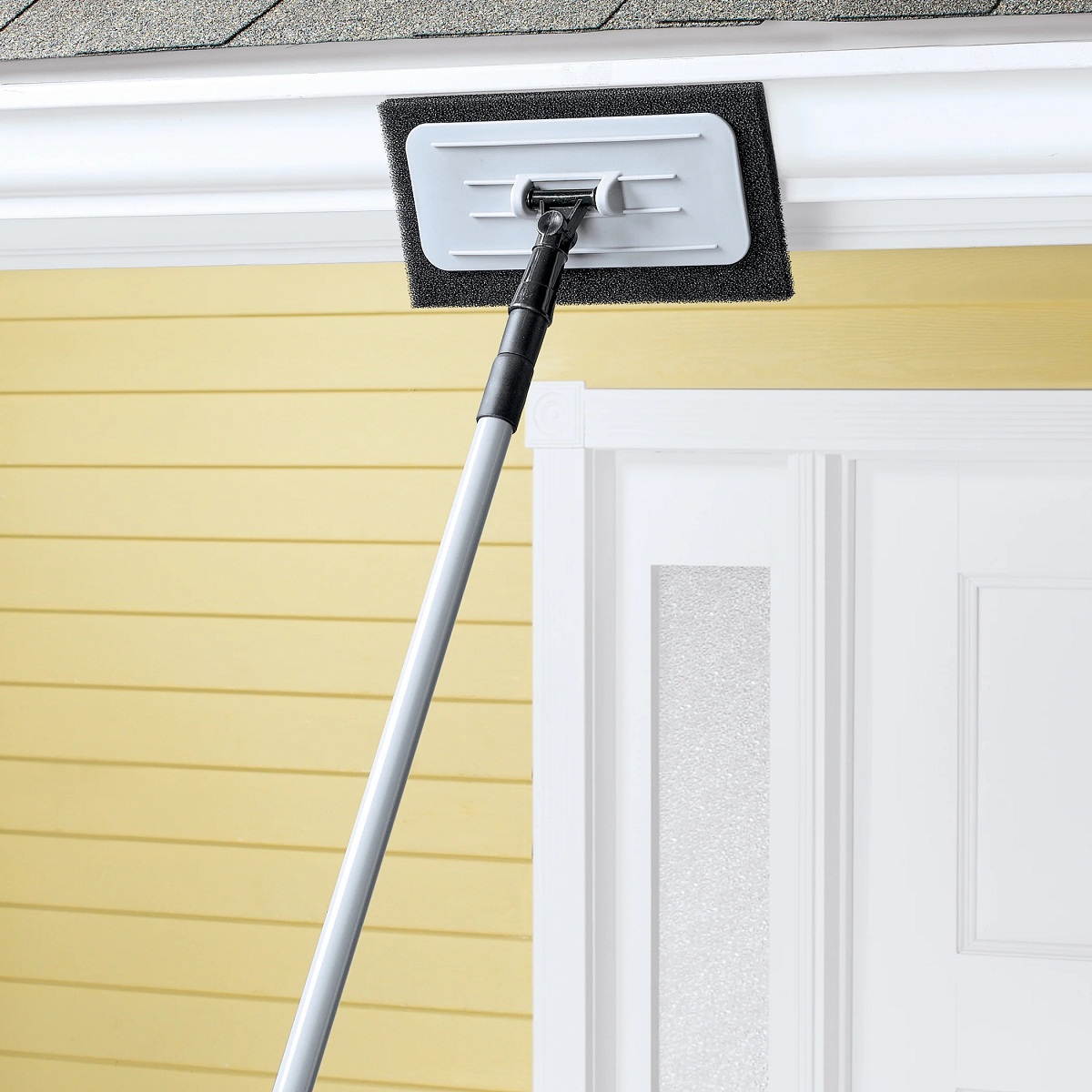
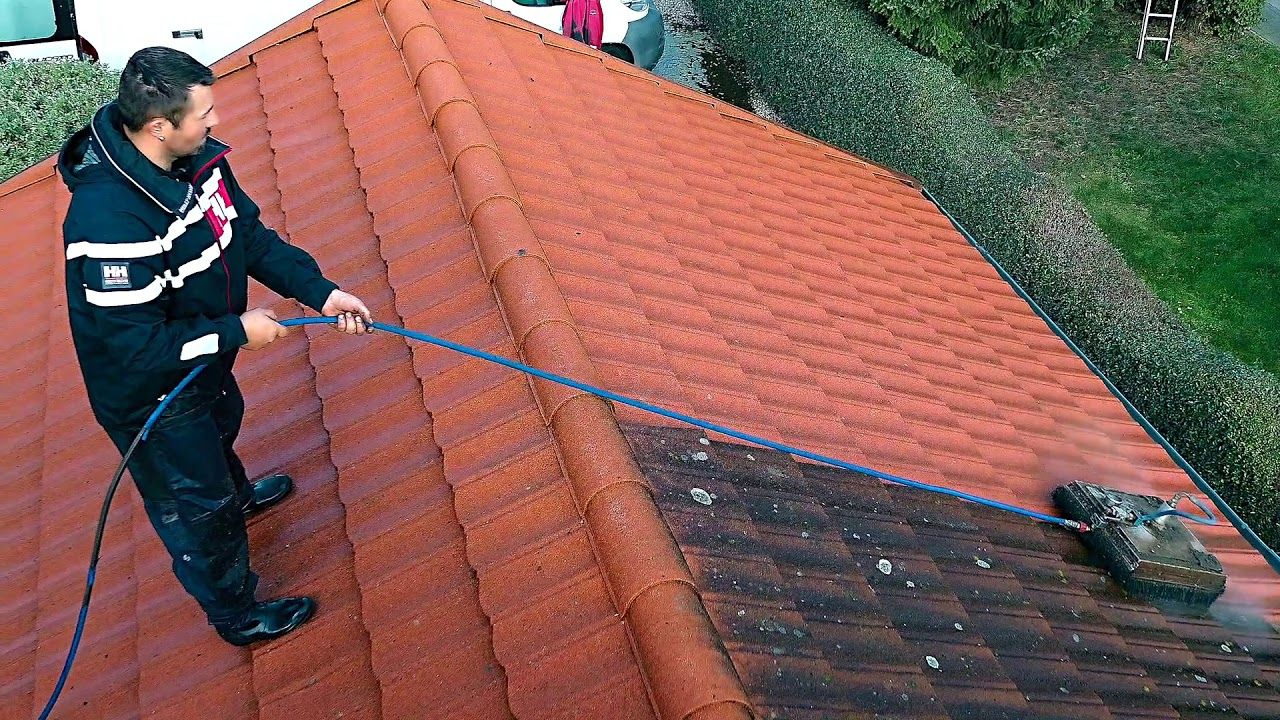
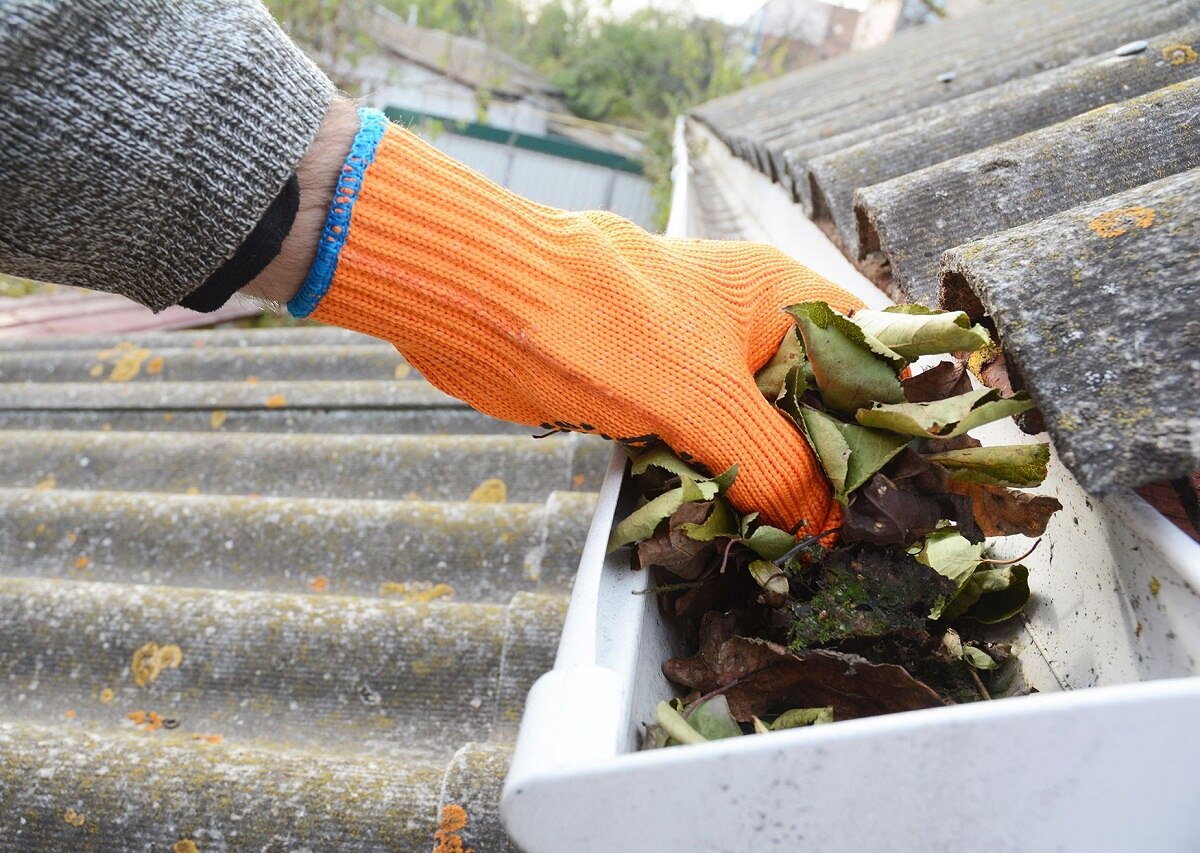
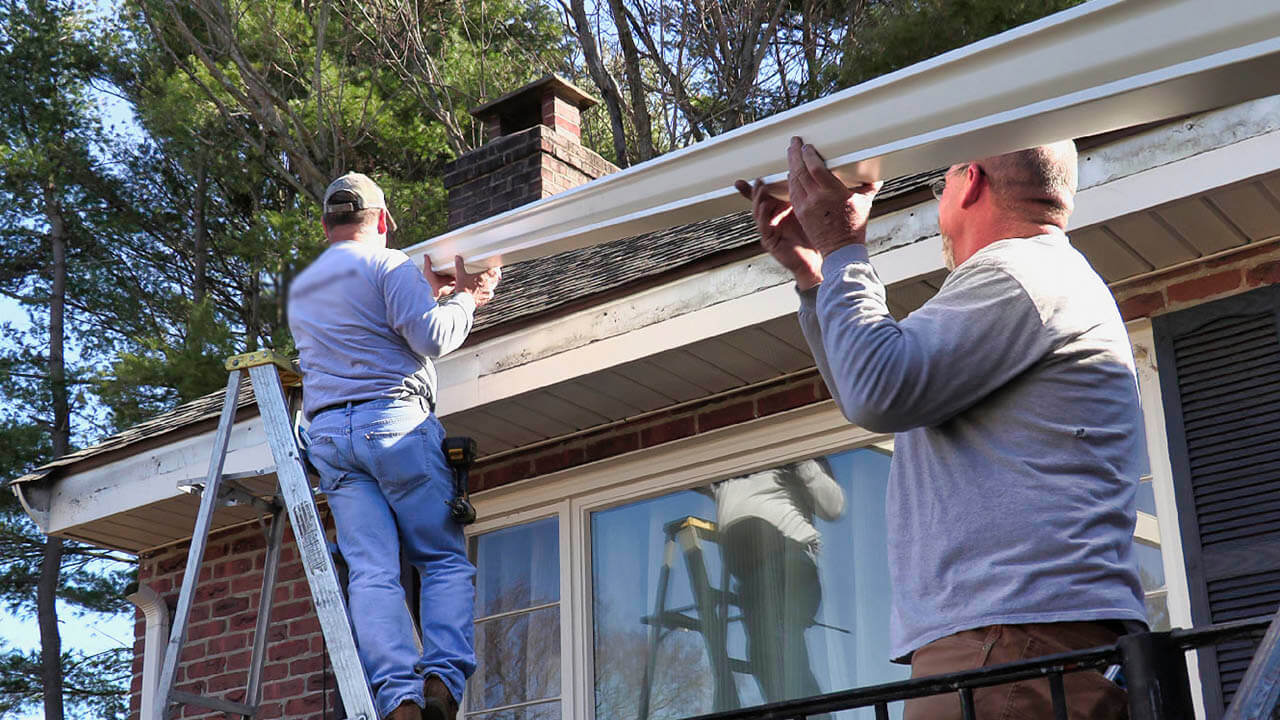
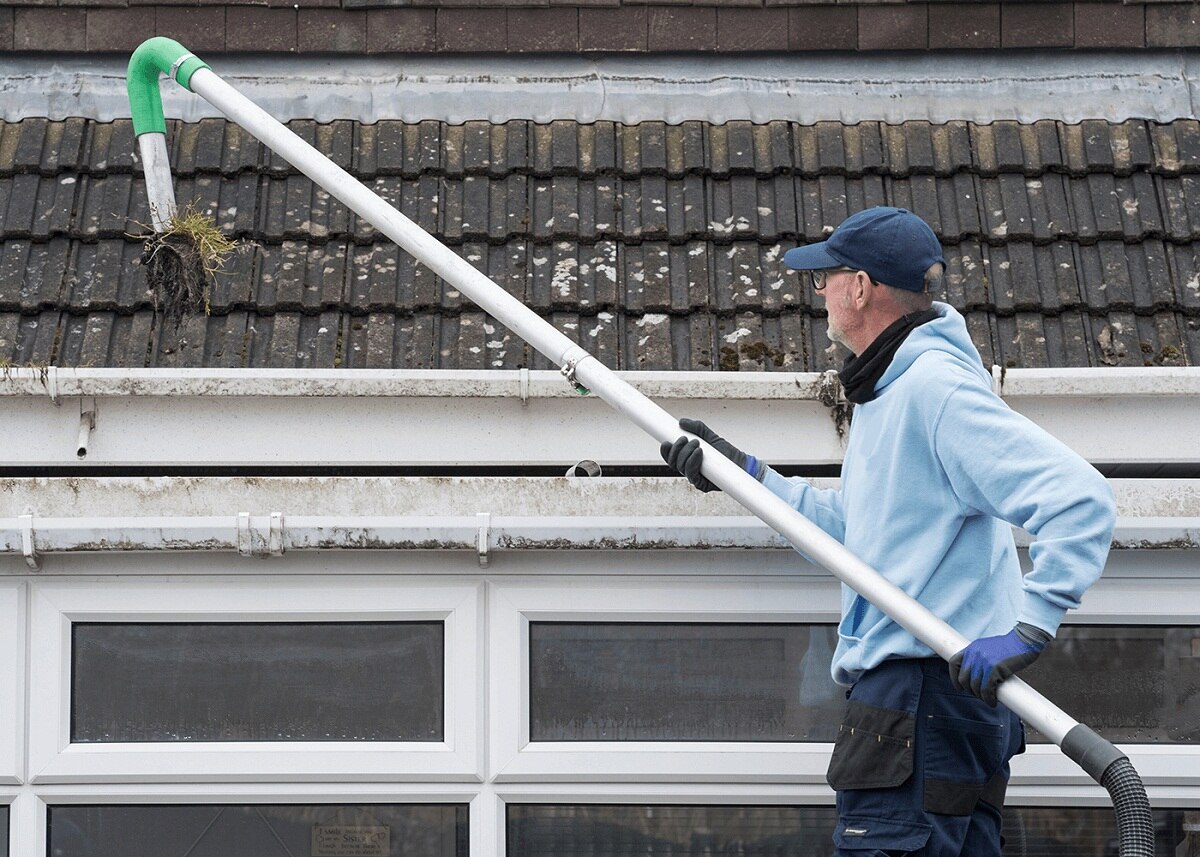
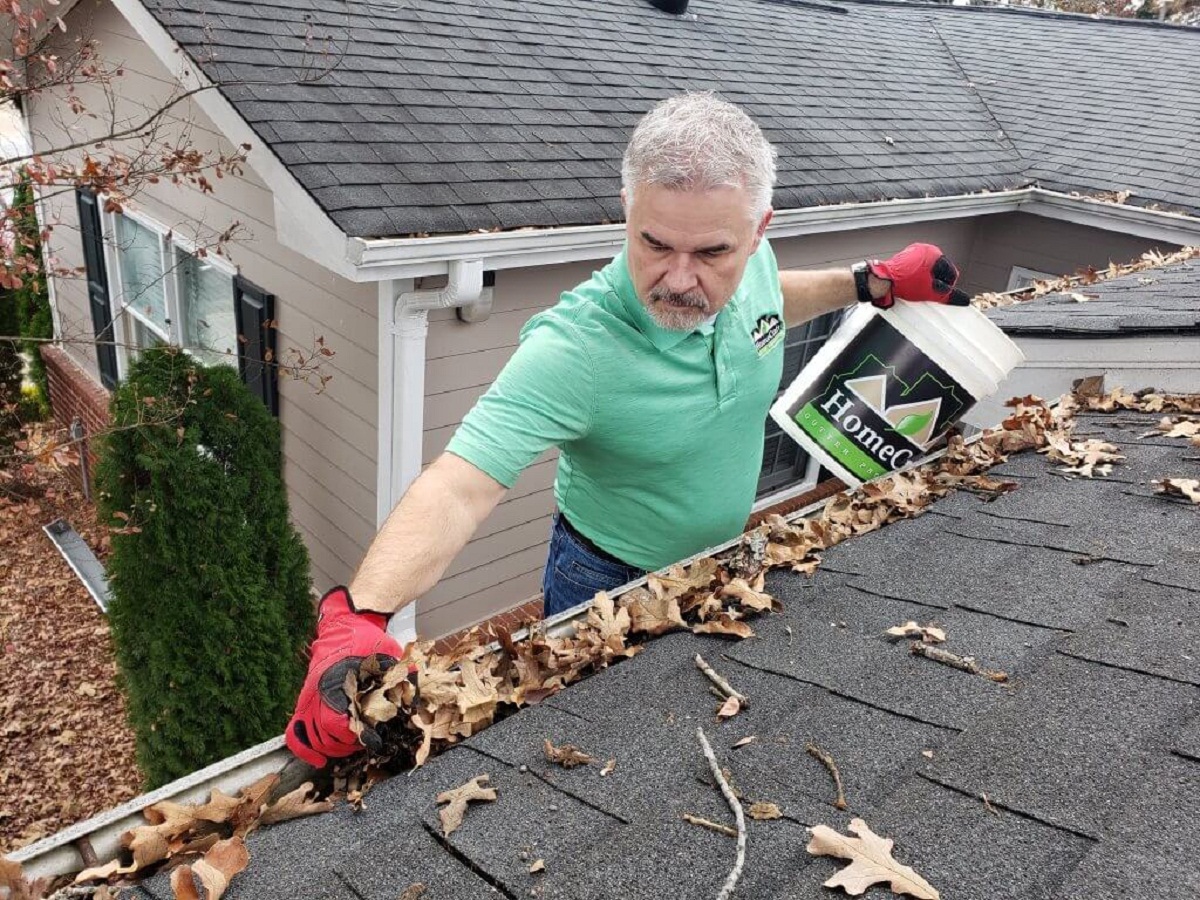
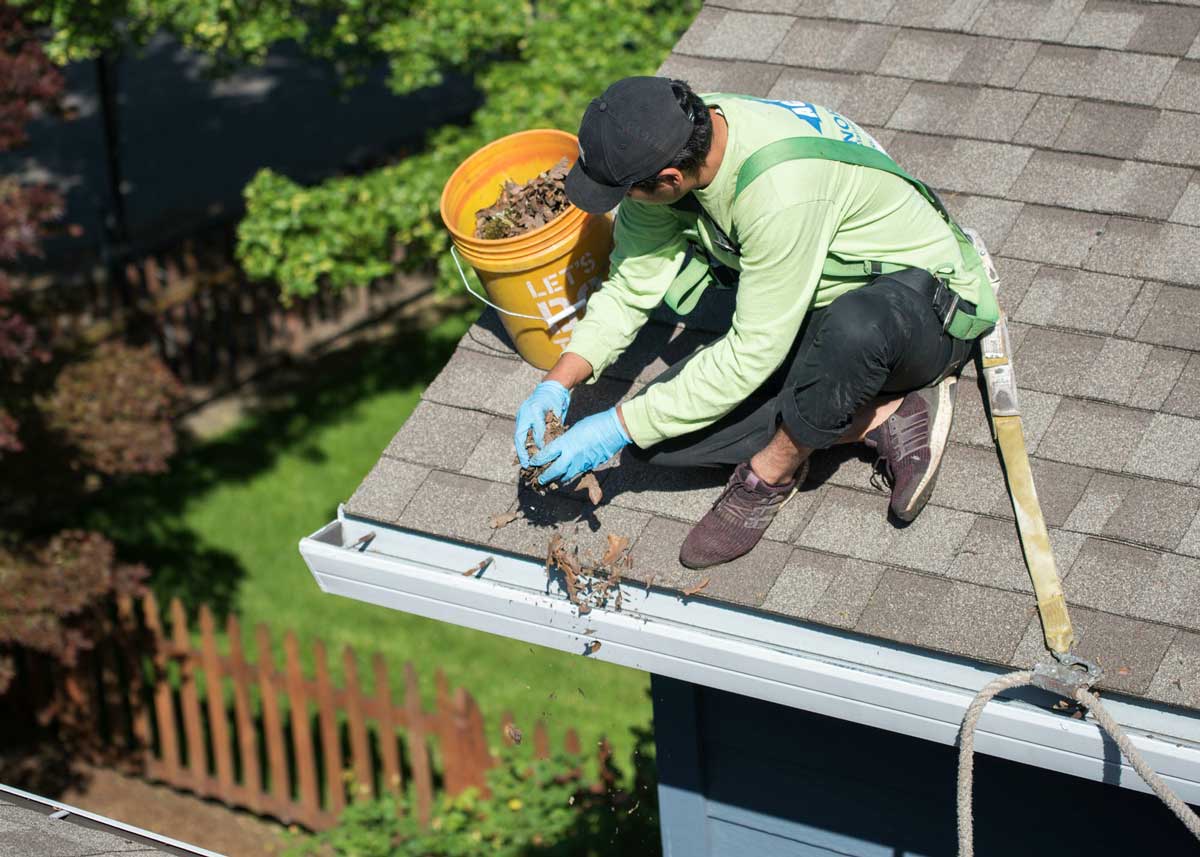
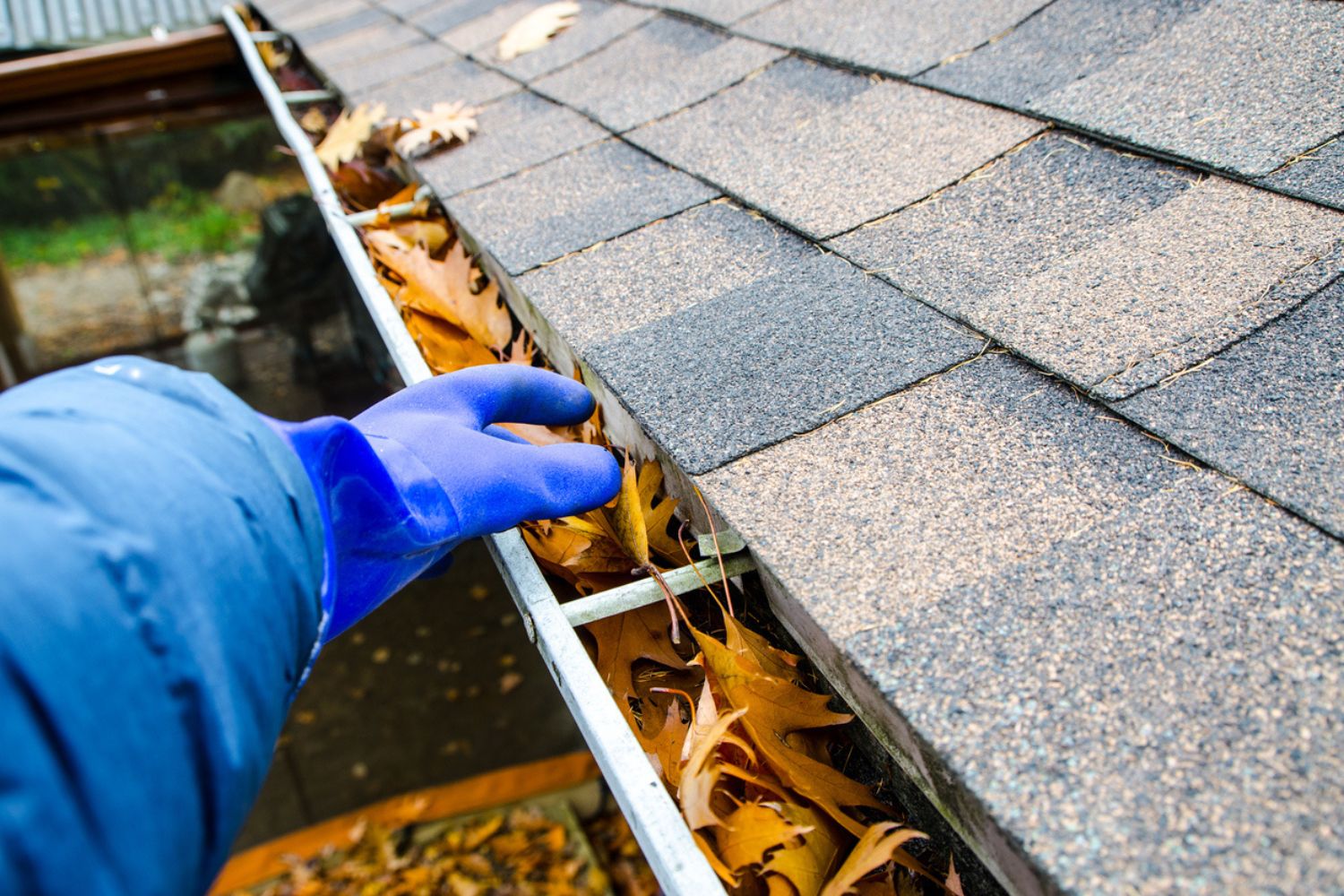
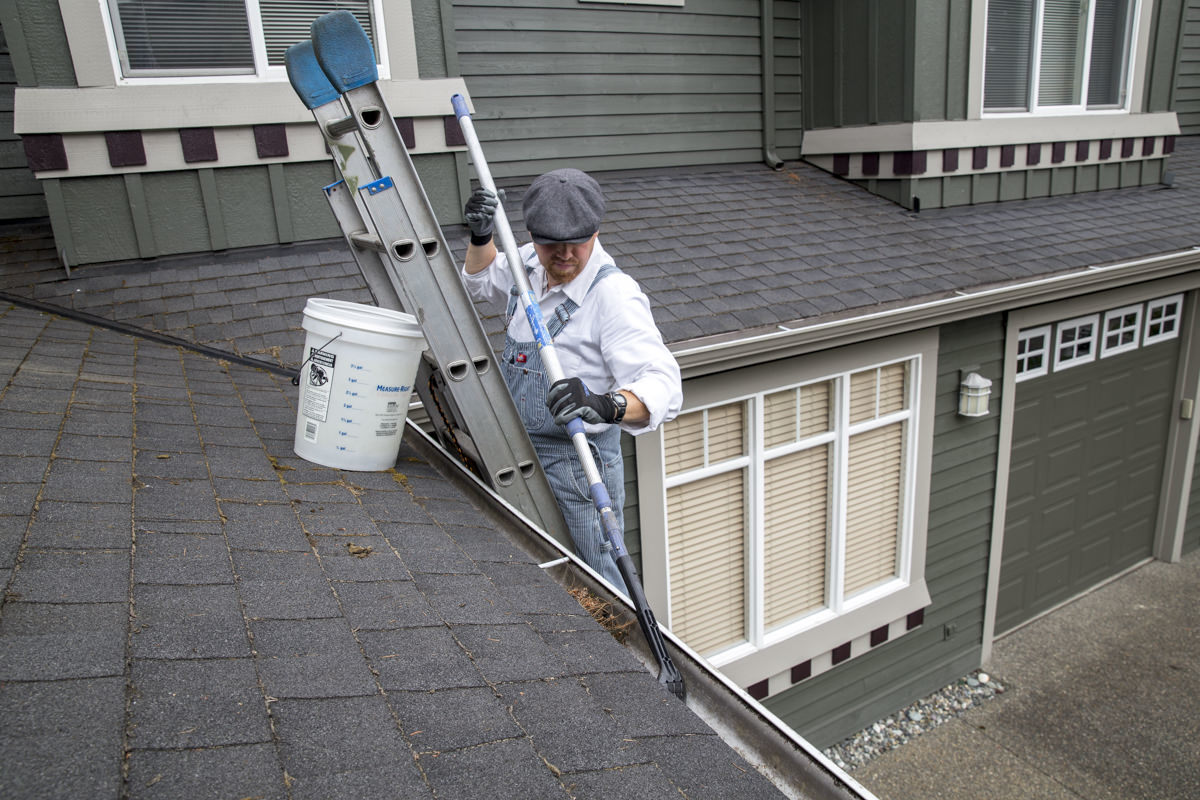

0 thoughts on “How To Clean Gutters From The Roof”